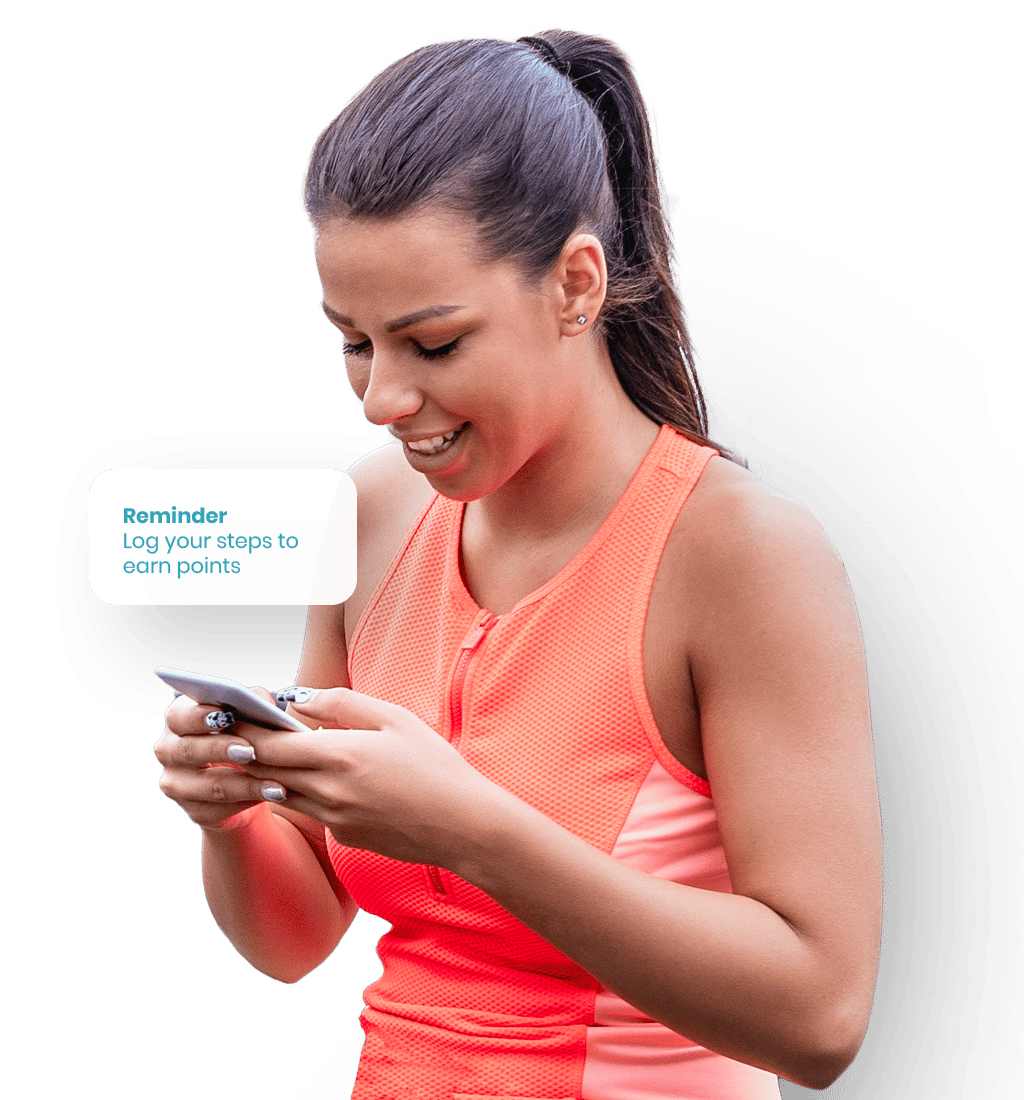In It To Win It: Making Wellness Fun With Gamification
What do video gamers and Ironman World Champions have in common? The drive to win
by: Laura Neuffer | CoreHealth Technologies
Originally published here
Gamification in employee wellness uses the psychology of competition, leveling up, and winning, to motivate employees to boost overall health.
Earlier this month, hundreds of athletes descended upon Kona, Hawaii to participate in a grueling, multi-day fitness challenge called the Ironman World Championship. These time-tested participants set out to complete almost 150 miles of open-water swimming, road biking, and running a full marathon. Those of us less familiar with this punishing sport may wonder, “Why?”
Some entrants may have completed the endurance triathlon to motivate themselves to stay in top physical shape. Some might have been after the thrill of achievement, pushing their body to its limit. Some may have simply enjoyed going full throttle for 30+ hours!
But for many, the psychology of motivation behind feats of herculean strength, like completing an Ironman Triathlon, comes down to the same basic brain science that motivates us to get to the next level in Mario Kart: a chance to win.
Competition is part of human nature. Athletes are familiar with it; video gamers know the feeling of working toward the next achievement level, and anyone who’s ever owned a coffee shop loyalty card will know the thrill of getting the last stamp and earning a free latte.
Fitness trackers work the same way, providing the user with data on their progress through activity levels and challenging them to keep going, to do better. The popular tracking app Strava even connects participants to their friends, sharing their workout stats in a feed and allowing them to virtually cheer each other on. This information flow provides both the carrot (peer support) and the stick (push notifications and the positive peer pressure of seeing your buddy’s latest workout) to keep people, literally and figuratively, in the game.
Any desired behavior can be reinforced with gamification, and this fun approach to fitness is a mainstay of workplace wellness programs. A multiyear study of a Canadian company’s employee wellness program showed that improvements in overall health are possible through gamified wellbeing programs, with employees enjoying improvements in several areas of overall health while participating in a worksite wellness program.
Gamification, the application of game-playing elements such as point scoring and friendly competition, isn’t new. However, its ability to engage and entertain users is becoming better known and widespread across various industries.
In health and wellness, where gamification not only motivates employees to take advantage of well-being platforms but also helps companies measure their success, the solution comes at a good time. Wellness programs are facing challenges in the post-pandemic landscape where many employees still work remotely, resulting in low levels of engagement in work-sponsored well-being programs that use outdated technology. Companies are investing in more updated technology that both reaches employees where they are (in the home office, for example), and motivates them to consider and act on wellness in their daily activities.
Tech research firm Gartner predicts that about 40 percent of Fortune 1000 companies today are using gamification to help transform business operations in some way. In the longer term, as design practices improve and organizations focus on defining clear business objectives, Gartner forecasts gamification will have a significant business impact.
Gamification in corporate wellness is backed by a theory that there are two types of motivation: intrinsic (from within) and extrinsic (external). For years, wellness program managers have been relying on extrinsic motivation, like a financial reward or penalty. While it is known to work well to get people started, it’s proven to have little success in keeping people interested and engaged long-term.
On the other hand, game designers, using game mechanics and experience design, are experts in generating intrinsic motivation by allowing people to generate their own happiness. If you’ve ever studied positive psychology, you know that you can’t find happiness. You have to make your own happiness, also known as intrinsic motivation.
The four key contributing factors to intrinsic motivation include: satisfying work; being successful (or striving to be); social connection; and meaning or purpose. It turns out that imaginary work and imaginary purpose – like those created in games – are just as motivating as reality.
To make gamification work in corporate wellness, games must have some key elements: a goal, rules, a feedback system that shows progress, and voluntary participation. A good game also rewards players based on their archetype.
Richard Bartle developed the now famous Bartle taxonomy of player types, which is a classification of video game players according to their preferred actions within a game. His work shows that players play for different reasons, and in different ways. He boiled down players into four main types: Diamonds (seeking treasure); Spades (explorers digging for information); Hearts (socializers who empathize with other players) and; Clubs (explorers who tend to be more competitive). You see some of these elements in workplace wellness programs (i.e. social networking, friendly competition, leaderboards). The best programs offer more personalized experiences rather than a one-size-fits-all approach.
As long as we maintain short attention spans, thrive on instant gratification, and enjoy having fun, gamification will continue to boost participation – and enjoyment! – in worksite well-being programs. Done properly, the results will include a healthier and more engaged workforce, reduced absenteeism, increased productivity, and less turnover. With gamification, we can look forward to the new direction wellness programs will take in the years to come to not only evolve how we work, but the satisfaction we achieve while doing it.
Author Bio
Laura Neuffer, MS, has 10 years of experience in corporate wellness. She works with CoreHealth Technologies to create technology programming that can be used in worksite wellness programs around the world.
